Home > UX Design > Smiley Feedback Tool
About the Smiley Feedback Tool
The Smiley Feedback Tool is way for end users to give quick feedback without breaking their workflow while providing the software team with enough information to not only identify issues, but also quantify how often they occur.
There are two key scenarios to the feedback tool: Providing feedback and sorting through the feedback.
Providing feedback
The feedback needs to be rich, yet the process needs to be quick and not interrupt the user's workflow. We basically want to know, "What makes you happy? What makes you not happy? Why?" and we want to learn this with minimal interruption to the end user. Here is the workflow:
Click the smile or frown:
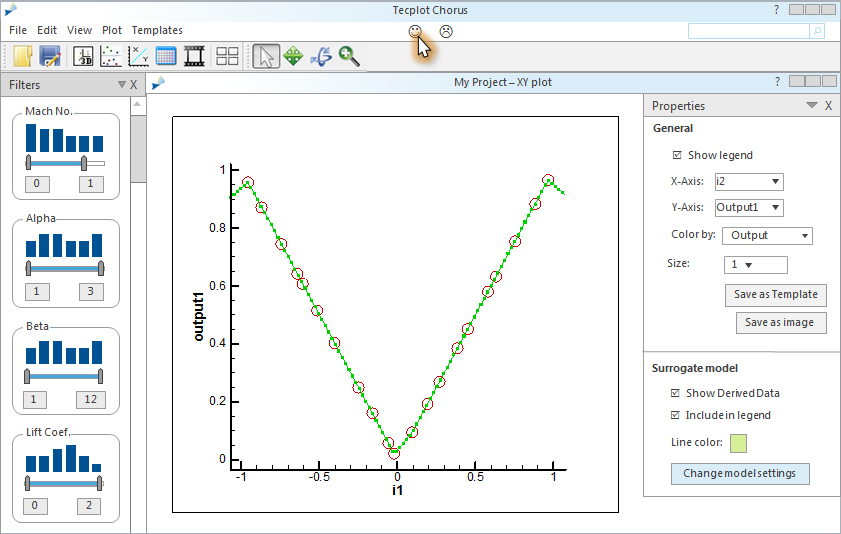
Select what makes you happy or sad:
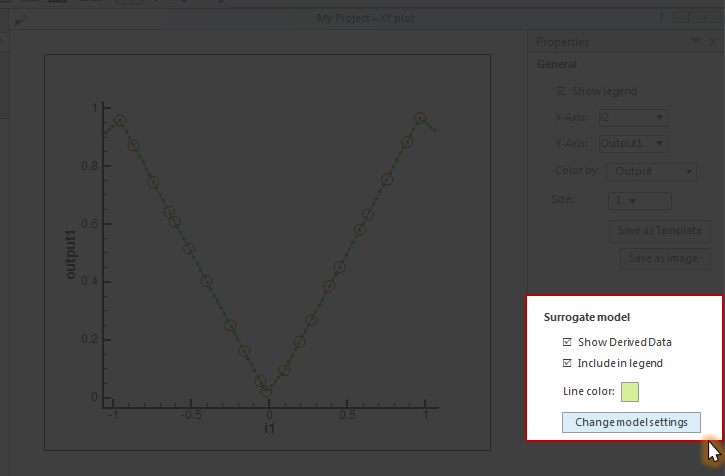
Tell us why:
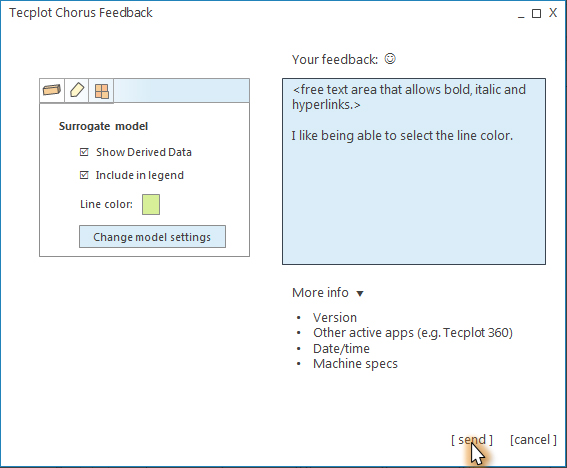
Get back to work:
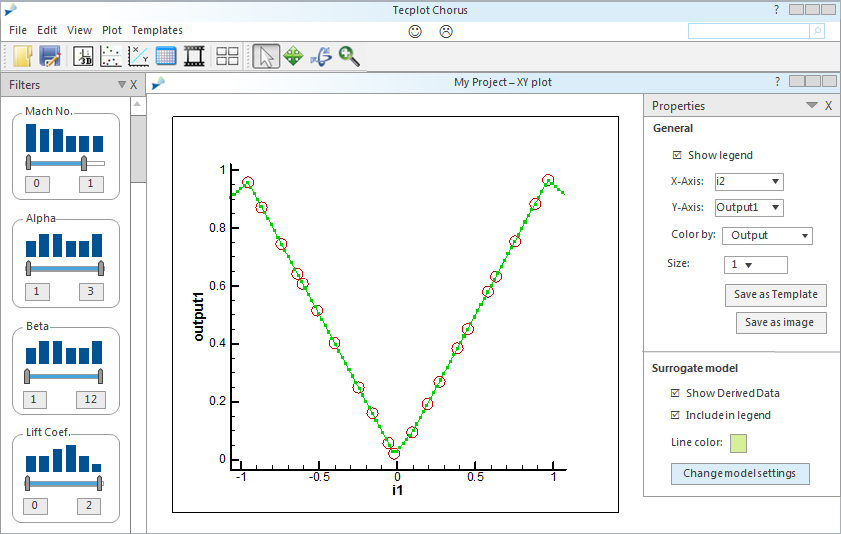
Note the basic editing tools in the "Tell us why" step: Customers need to be able to edit out confidential information, so basic tools such as draw, erase, and pixelate are vital. The system would also collect information such as the application version, machine specs and other active applications.
On the back end, we need to be able to collect, filter, sort, and annotate the results.
Sorting through feedback
While the end user needs to be able to give feedback quickly and without breaking their workflow, the software team needs to be able to scrub through this feedback both tagging individual items and analyzing the sum total of the data looking for patterns.
When scrubbing through each piece of feedback, the team needs to be able to see the full screen shot, the automated data that was collected, and add their own notes and tags. Here, the screen shot plays a central role:
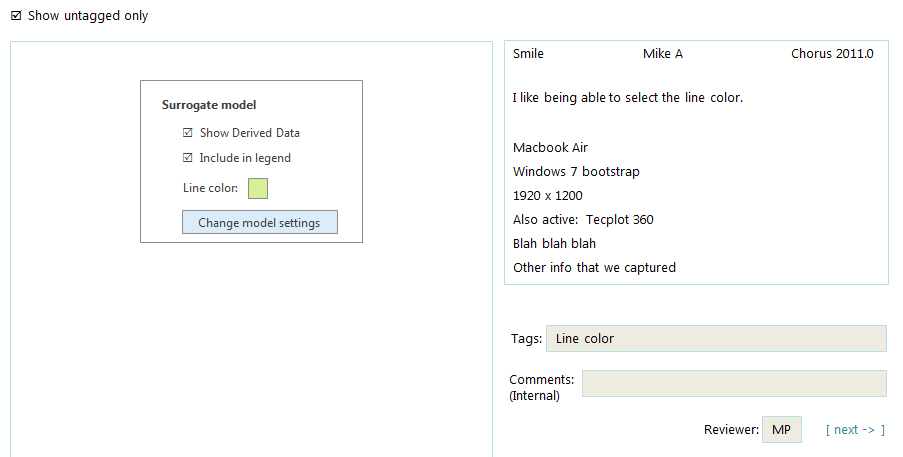
When analyzing the data, it's more important to see all of the data, with the screenshot being more of a thumbnail as a memory cue ("oh yeah, that one"). The team needs to be able to filter, sort, and arrange. This is more of an XL datasheet, but with quick access to the individual feedback items:
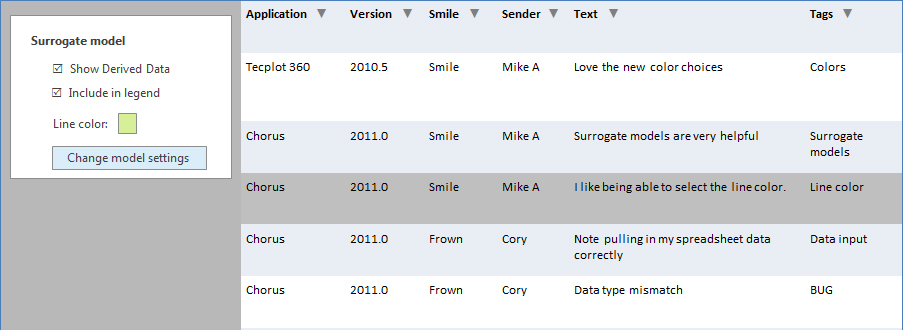
This view allows you to see quantitative patterns in the qualitative feedback, providing you with tools for making decisions about product changes.
We were not able to implement this as a part of the v1 release due to resource constraints, but it is a system that I have spec'd more than once, and I have used like systems in other places to great result.